Contents
Bringing leads to your affiliate website – whether through search engine optimization (SEO), social media, or other means – is crucial to your business’s success. However, an often overlooked ‘lead magnet’ is the landing page. Without one (or more), you could be missing out on profitable leads.
A landing page (i.e. one that’s been optimized with your audience in mind) can ensure your best leads find you. Its presence can drive more qualified traffic to your website, and it can also increase the odds of converting them to customers.
In this post, we’ll discuss landing pages and why you should use them on your affiliate website. We’ll then share three tips for optimizing them with the help of PrettyLinks. Let’s get started!
Why You Should Use Landing Pages On Your Affiliate Website

Simply put, a landing page has a specific purpose – usually providing product information to convince readers to convert. They can be used to promote products, services, or even your email subscriber list. Aside from the obvious benefit of featuring your business’s products, they can also:
- Increase leads. As landing pages can increase your rank on Search Engine Results Pages (SERPs), profitable leads will be better able to find you.
- Boost conversions. As a page dedicated to making the sale, your landing page can turn traffic into profit.
- Draw in your target audience. With the use of a few optimized elements, your landing pages can attract your target audience.
A landing page can be as simple or complex as you’d like. However, its presence isn’t enough to ensure the benefits above. It must also be optimized with your target audience in mind.
3 Tips for Optimizing Your Website’s Affiliate Landing Pages
Landing page optimization isn’t difficult, but there are certain elements of the process you shouldn’t overlook. Below are three tips to get your landing page on the right track. Let’s dive in!
1. Use Long-Tail Keywords to Attract the Right Leads

Long-tail keywords are phrases (typically two to five words) that target a specific audience. These are a great addition to your affiliate website, especially on landing pages. When used properly, they can boost your landing page’s presence on SERPs. With a higher SERP ranking, your target audience will be able to find you (and, more importantly, your conversion-driving landing page).
Of course, it’s important to find and use long-tail keywords in the best way possible to attract the right leads. Here are a few tips to get you started:
- Perform keyword research. This will help you narrow down the most important keywords to include on your website.
- Incorporate the keywords appropriately. This means placing them in your landing page copy, in the title, headings, and meta description.
With the “right” keywords on your landing pages, you can naturally attract relevant leads. As a result, you may experience higher conversion rates (i.e. more sales).
2. Incorporate a Strong Call To Action (CTA) to Convert Your Leads
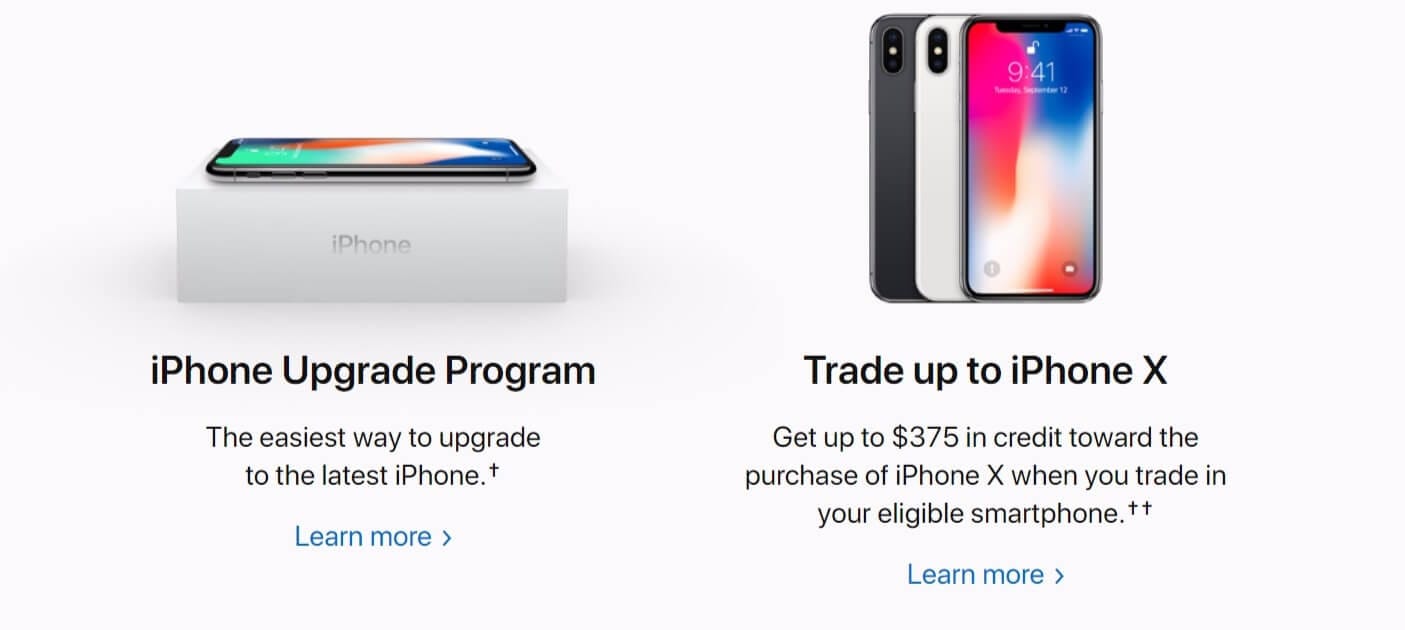
Simply put, a CTA is a directive to your readers asking them to perform a specific task. For example, signing up for your email list or purchasing your product. A strong CTA is both direct and compelling. It can be used to invoke emotions in your leads, which can then sway them to convert. Here’s some advice on using CTAs on your landing pages:
- Use eye-catching elements. This includes using white space, as well as colorful visuals (for example, a bold and contrasting CTA button).
- Use emotional copy. To elicit immediate actions by readers, use copy that provokes emotions. For example, to invoke fear of missing out use copy such as ‘Don’t miss out on this once-in-a-lifetime offer!’
The CTA is perhaps one of your landing page’s most important features, as it gives your readers a next step. This is why you should spend time refining your CTAs with the tips above.
3. Use Shortened, Branded Links to Track User Behaviors

Shortened, branded links contain your company’s branding, and can be tracked through analytics. These are commonly seen on social media posts, such as the Twitter post above. By tracking links on your affiliate website – and especially your landing pages – you can better understand your readers’ action. Shortened links can also be used in A/B testing to determine the effectiveness of link placements.
PrettyLinks is a link management plugin that enables you to create your own shortened, branded links (also referred to as PrettyLinks) and track them within WordPress. Creating your PrettyLinks is simple, and they can be used anywhere (including on your landing pages, social media posts, and even in email campaigns):

With the PrettyLinks on your landing pages, you can easily determine which links are the most popular (by tracking clicks). You can also find the best link placements with A/B testing.
Conclusion
As an affiliate marketer, it’s your job to bring leads to your website. A powerful tool – both in attracting and converting leads – is a landing page. With fully optimized landing pages on your affiliate website, you can increase your income and drive your business’s success.
In this post, we’ve discussed the importance of landing pages for your affiliate website. We’ve also outlined three optimization tips for best results. To recap:
- Use long-tail keywords to attract the right leads.
- Incorporate strong calls to action to convert your leads.
- Use shortened, branded links to track user behaviors.
Do you have any questions about landing pages, or how PrettyLinks can help you to optimize yours? Let us know in the comments section!
If you liked this article, be sure to follow us on Facebook, Twitter, Pinterest, and LinkedIn! And don’t forget to subscribe to our newsletter!
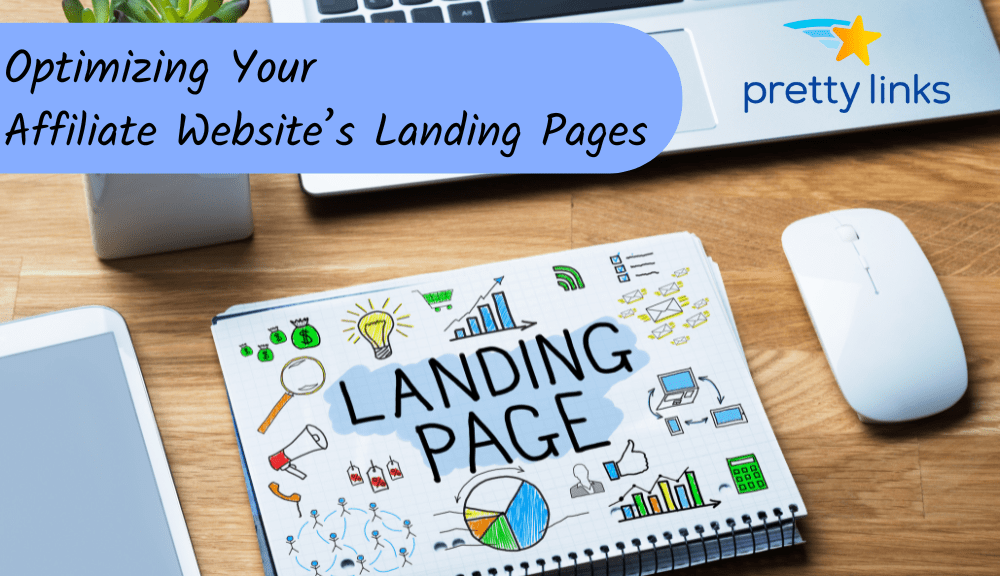





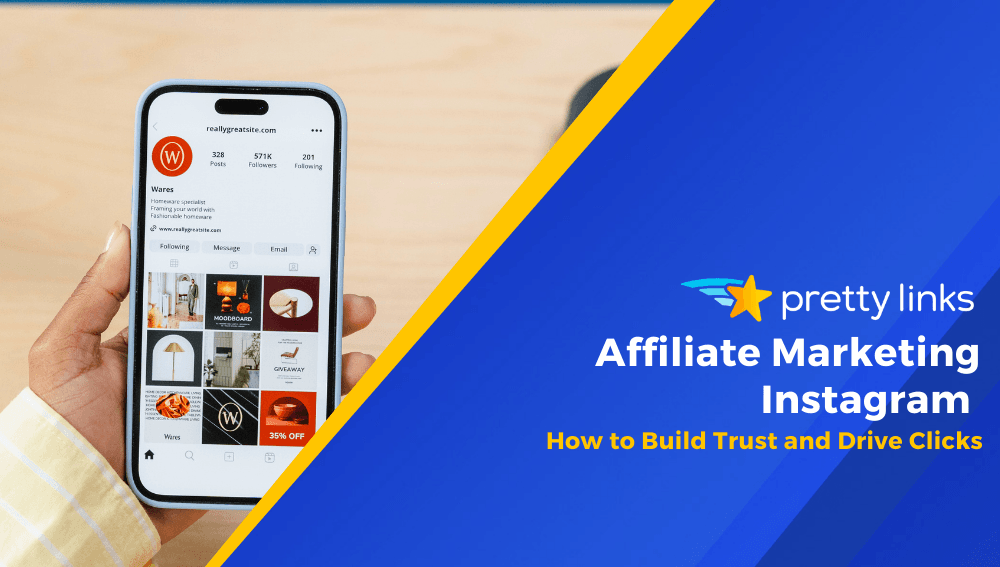
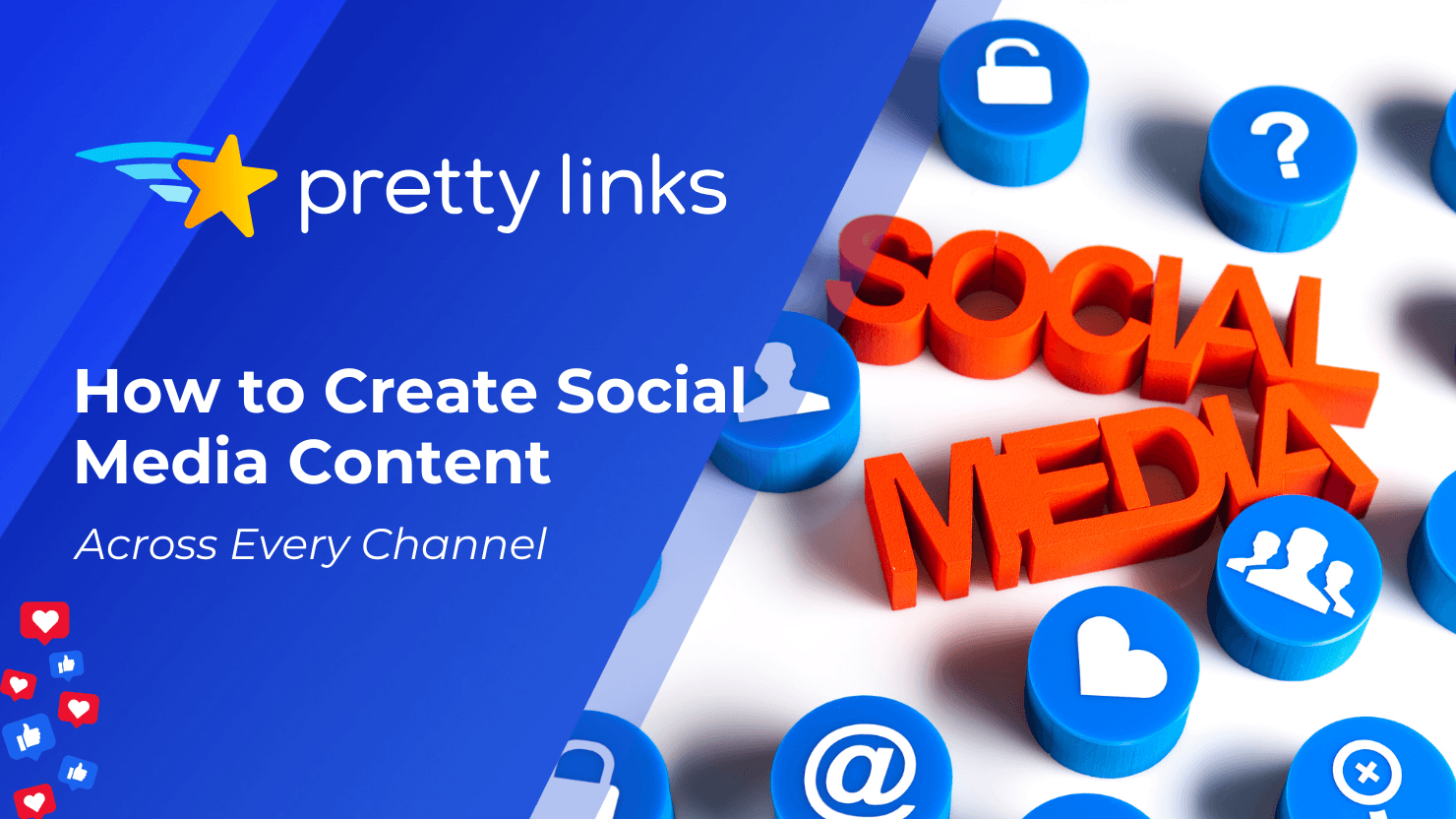
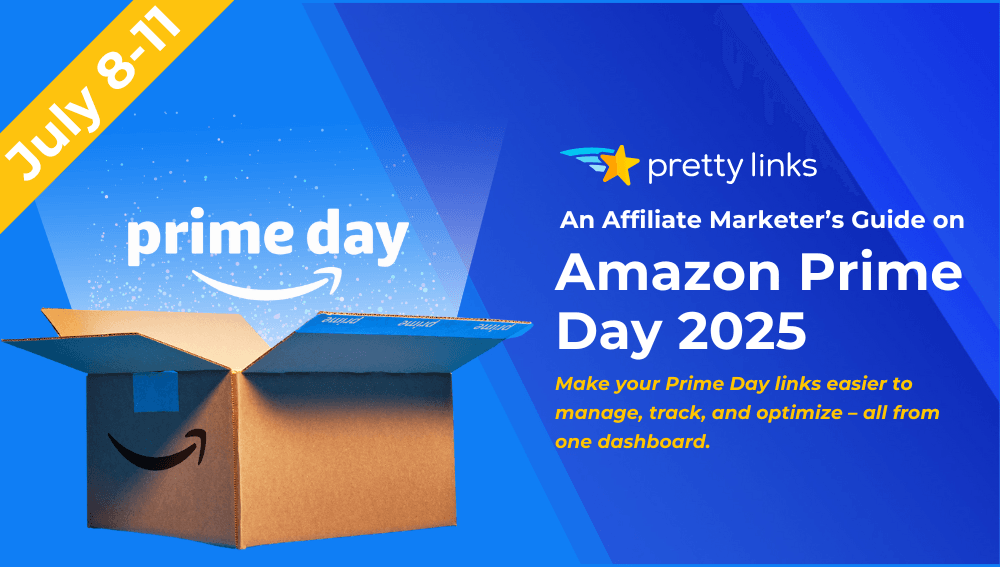
Leave a Reply